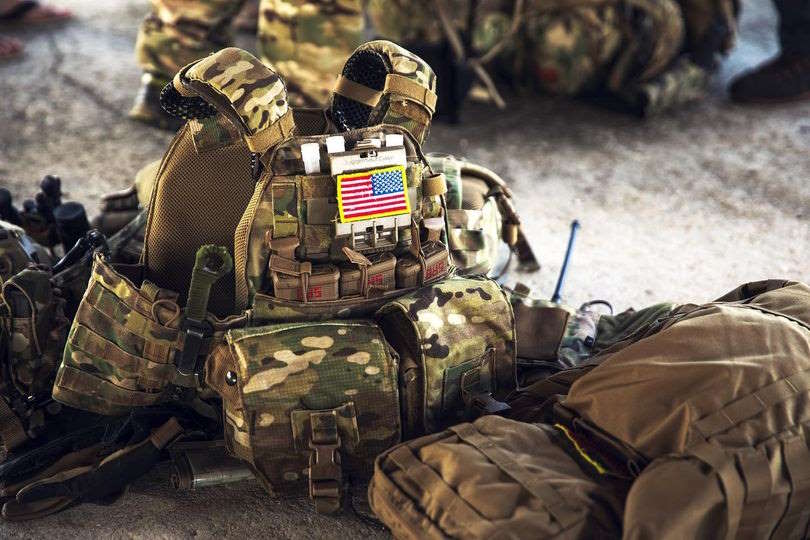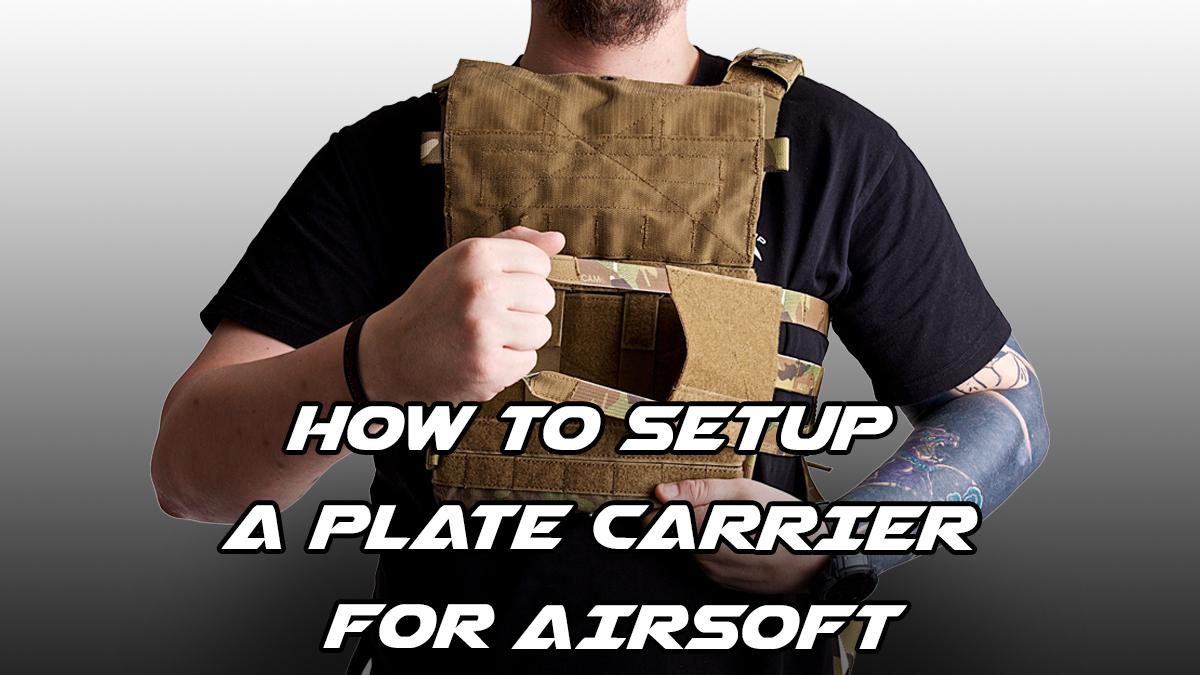What is a Plate Carrier?
When it comes to tactical gear, a plate carrier is a vital piece of equipment for military personnel, law enforcement officers, and airsoft enthusiasts alike. A plate carrier not only provides protection but also serves as a platform to carry essential gear and equipment. However, setting up an airsoft plate carrier can be a daunting task, especially for beginners. In this blog post, we will guide you through the process of setting up your plate carrier, offering valuable tips and insights to ensure optimal configuration and functionality. Whilst they are used mainly by the military and police for personal protection, plate carriers have become increasingly popular amongst recreational shooters, airsofters and even the fitness community through the usage of weighted plates for load bearing exercises.

Are Plate Carriers Legal?
The legality of plate carriers can vary depending on the jurisdiction and the specific context in which they are used. In general, plate carriers themselves are not inherently illegal, as they are primarily protective gear designed for military, law enforcement, and certain professional applications. However, the legality of wearing a plate carrier in civilian settings or outside of specific authorized roles may be subject to local laws and regulations.

It's important to note that the use of plate carriers or any other gear typically associated with military or law enforcement can attract attention and may be regulated or restricted in certain jurisdictions. It is essential to familiarize yourself with local laws, regulations, and any permits or licenses required before using or wearing a plate carrier in public or non-designated areas. If you have specific concerns or questions about the legality of plate carriers in your jurisdiction, it is advisable to consult local law enforcement agencies or legal authorities for accurate and up-to-date information.
Popular Plate Carrier Setups

The first step in setting up your airsoft plate carrier is to choose your style plate carrier. What we mean by this is the style of plate carrier and what you wish to achieve by setting up your carrier. There are usually 3 types of plate carriers and each has its limits on what they can offer.
Minimalistic/ Slick plate carrier: These plate carriers are usually low visibility plate carriers that offer the bare essentials like protection, the ability to carry a few magazines, don’t have a modular interface (Molle), and can be concealed under a jacket or shirt. Minimalistic plate carriers are often referred to as slick plate carriers. A few good examples of these are the Ferro Concepts Slickster, the T-Rex arms AC1, and the LBT Slick Plate Carrier. These carriers often give the user high maneuverability and are lightweight while providing adequate protection for the user.

Medium/Standard Plate Carriers: These types are the standard plate carriers that you will see most airsoft players use. Medium/Standard Plate Carriers offer more real estate for accessories as they will have Molle webbing all over the carrier. Usually, you can fit lots of mags on these carriers as well as a back panel, side armor plates, General purpose pouches, IFAK Kits (First Aid), and hydration bladders. A few examples of these carriers are the Crye Precision JPC 2.0, Ferro Concepts FCPC V5, and LBT G3 plate carrier. Medium/Standard Plate Carriers still offer the user good movement but depending on how you set it up it can be a little restrictive.

Heavy Armor Plate Carriers: these carriers are heavy and durable, capable of holding a lot of weight and attachments. The best way to describe heavy armor is a juggernaut suit. Heavy carriers usually take up most of the real estate of the user’s torso. However, because of this, it allows the user to attach pretty much as many mag pouches or general-purpose pouches as they wish. But a downside to heavy plate carriers is they are big and bulky they restrict a lot so kneeling or doing some movements might prove difficult.
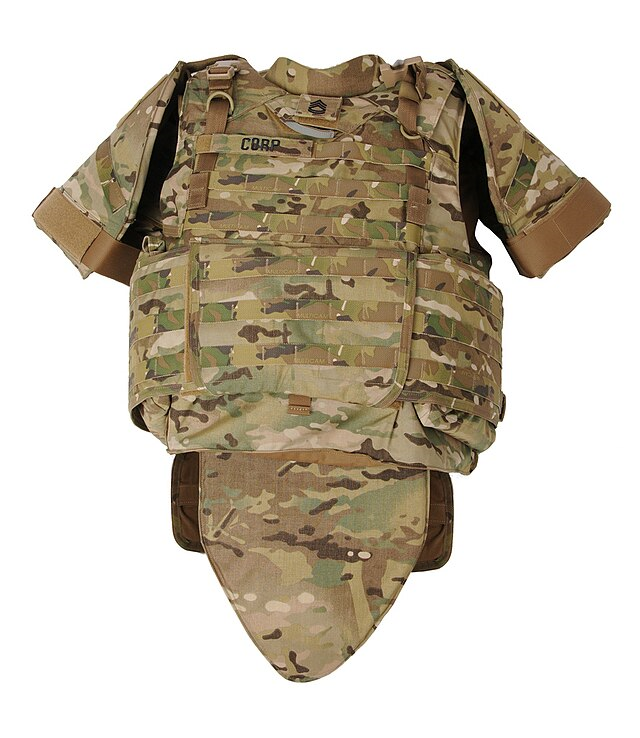
What Are Plate Carriers Made From?
Plate carriers are typically constructed using a combination of durable materials to ensure strength, flexibility, and comfort. These materials include nylon, Cordura, ballistic nylon, mesh, and hook-and-loop fasteners. Nylon is commonly used for the main body of the plate carrier due to its high strength-to-weight ratio.
Cordura, a type of nylon fabric known for its durability, is often utilized in high-wear areas such as the shoulders and cummerbund. Ballistic nylon, a specially woven fabric, enhances the plate carrier's protective capabilities against ballistic threats. Mesh panels or sections are incorporated for improved breathability and airflow, promoting comfort during extended use. Hook-and-loop fasteners, commonly known as Velcro, provide secure closures and easy adjustment. The specific materials used may vary depending on the manufacturer, intended use, and desired features.
Real, Hard Plastic, Or Foam?
Now that you have chosen a plate carrier based on the above styles you will need to choose what plates to run inside it. A plate refers to an insert that provides ballistic protection to the wearer. These plates are typically made of materials like ceramic, steel, or composite materials designed to withstand the impact of bullets or projectiles. There is a good chance when you buy a plate carrier that it won’t come with plates inside it and you will need to get your own. There are three choices you can choose from when getting plates for your airsoft plate carrier. They are real steel, hard plastic, or foam. So what should you get? Well, it depends on personal preference; below we will list what each option can offer.
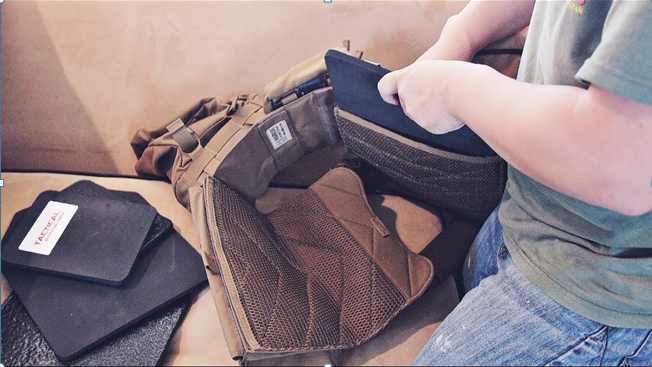
Real steel plates: Running real steel plates in an airsoft plate carrier can provide a heightened sense of realism and authenticity to your loadout. The weight and density of real steel plates offer a more accurate simulation of carrying actual protective gear. However, it's important to note that real steel plates can be significantly heavier than airsoft-specific plates, which may affect your mobility and endurance during prolonged airsoft matches. While the level of protection offered by real steel plates exceeds the requirements of airsoft engagements, some players choose to use them for added realism or as a personal preference. We find that you get a better fit when you use real steel plates and that your front panel and attachments sit more securely on the carrier itself.

Hard plastic plates: Hard plastic plates are a popular choice among airsoft players due to their optimal balance between weight and protection. These plates, typically made of durable polyethylene or similar materials, provide a level of durability and impact resistance suitable for airsoft skirmishes. They offer a reasonable level of protection against BB impacts without adding excessive weight to the plate carrier. Hard plastic plates allow players to maintain mobility and maneuverability while still providing a sense of authenticity and enhanced loadout aesthetics.
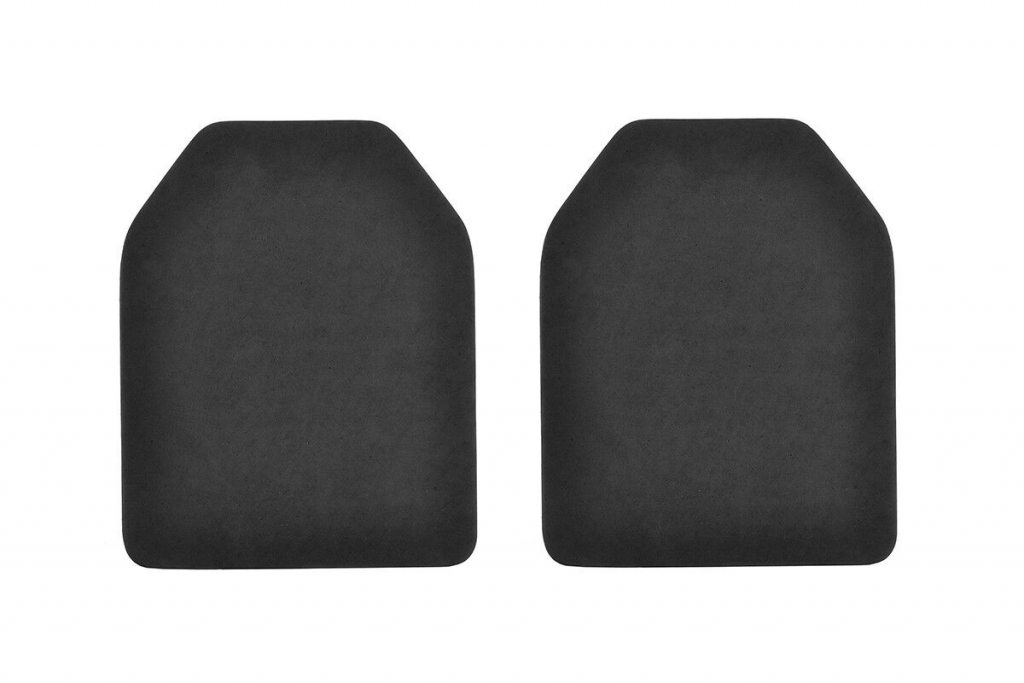
Foam Plates: When it comes to foam plates in an airsoft plate carrier, the primary focus is on lightweight and unrestricted movement. Foam plates are the lightest option available and are commonly used by most airsoft players. They are typically made of foam or similar materials and provide minimal impact resistance. Using foam plates allows for increased speed, agility, and endurance on the field, making them popular among airsoft players who prioritize mobility and gameplay performance over added protection. However, when running foam plates you might get a sag in the front due to weight dispersion. For example, KWA GBB mags are very heavy and may cause your airsoft plate carrier to sag in the front.

The choice of plate material for an airsoft plate carrier depends on personal preferences, desired realism, and gameplay requirements. Real steel plates offer a heightened sense of realism, but their weight and excessive protection may impact mobility. Hard plastic plates strike a balance between weight and protection, providing durability and impact resistance suitable for airsoft skirmishes. Foam plates prioritize lightweight and unrestricted movement, making them ideal for players focused on speed and agility. Assessing your gameplay style, goals, and comfort level will help determine the most suitable plate material for your airsoft plate carrier setup.

One more thing to add when choosing plates is to make sure you are choosing the correct one. Most plate carriers take what we call SAPI plates and will be size M plates. Double-check the sizing of your plate carrier as it may take size L plates. Also, Russian plate carriers take different style plates called granit plates and are different from Western/NATO style plates. So keep this in mind when making a decision

Installing Plates into your Airsoft Plate Carrier
Now that you know what plates to get let's go over how to install them into the carrier. First, identify the plate pockets on your plate carrier. These are usually located on the front and back panels of the carrier. The pockets are designed to hold the plates securely in place. Insert the plates into the plate pockets. Slide each plate into the corresponding pocket, ensuring that they fit snugly and sit flat against the body side of the carrier.
Check the alignment of the plates within the plate pockets. They should be centered and symmetrical, ensuring equal coverage across the front and back panels. Adjust the plates as necessary to achieve proper alignment. Secure plate retention straps (if applicable): Some plate carriers have retention straps or flaps on the plate pockets to secure the plates in place. If your plate carrier includes such straps, ensure they are properly fastened to hold the plates securely within the pockets.

It’s important that once your plates are installed, put on the plate carrier and adjust the straps or closures for a personalized fit. Move around, bend, and simulate various movements to ensure that the plates stay securely in place without shifting or causing discomfort. Make any necessary adjustments: If needed, fine-tune the positioning or tightness of the plate carrier straps to achieve optimal comfort and stability. It's essential to find the right balance between a snug fit and freedom of movement.

What Equipment Goes on a Plate Carrier?
When it comes to adding extra pouches to an airsoft plate carrier, there are several options you can consider based on your needs and preferences. We will go over some additional pouches that you can mount on your cummerbund or other areas that feel comfortable with on your airsoft plate carrier.
Magazine Pouches: If you carry a sidearm, pistol magazine pouches provide a convenient way to carry extra pistol magazines or if you wish to have more rifle magazines then this is a good option to mount on your airsoft plate carrier. Just make sure that you have it in an easily accessible place.

Utility Pouches: Utility pouches provide additional storage space for various items like batteries, tools, or other small gear. They are versatile and can be used to carry items based on your specific needs.
Admin Pouches: Admin pouches are designed to hold items like maps, pens, notepads, or other administrative tools. They provide quick and organized access to important documents and supplies.

Dump Pouches: Dump pouches are used to quickly stow empty magazines or other items during gameplay. They can be folded when not in use and easily opened to drop items into during dynamic situations.
Radio Pouches: If you use a radio for communication during airsoft games, attaching a dedicated radio pouch keeps it secure and easily accessible. Radio pouches are designed to fit specific radio models.
Medical Pouches: Medical pouches commonly known as IFAK pouches allow you to carry essential first-aid supplies and equipment. They ensure quick access to medical items to address any injuries or emergencies during gameplay.
Grenade Pouches: If you use airsoft grenades or other similar devices, attaching dedicated pouches can keep them easily accessible and secure during gameplay.
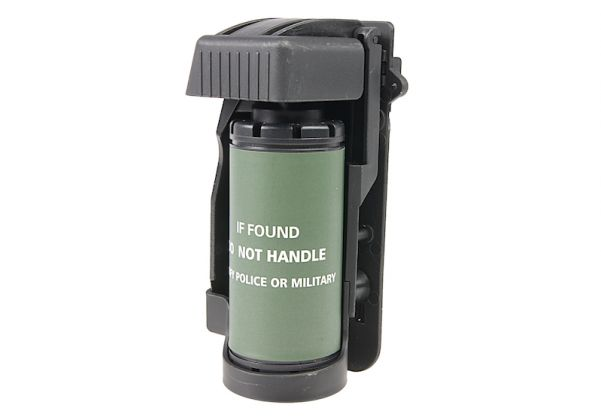
Dangler pouch: The design of the dangler pouch allows for quick and easy access to frequently used items without obstructing the main front panel or interfering with the placement of larger pouches. They are commonly used to carry items such as small tools, Medical supplies, snacks, or anything you need quick access to.
Communication: Even with access to what is essentially a chest-mounted computer, it is still recommended to have a push to talk (PTT) radio on your person to ensure some form of wireless communications not reliant on a third party network. Radios have always presented a difficult decision to the bearer. If carried on the front, they could be accessed easier, at the cost of limited real estate. If carried on the back, a radio would be out of the way but often forcing the wearer to depend on a teammate to access it if a battery needed to be changed out or a frequency was lost.
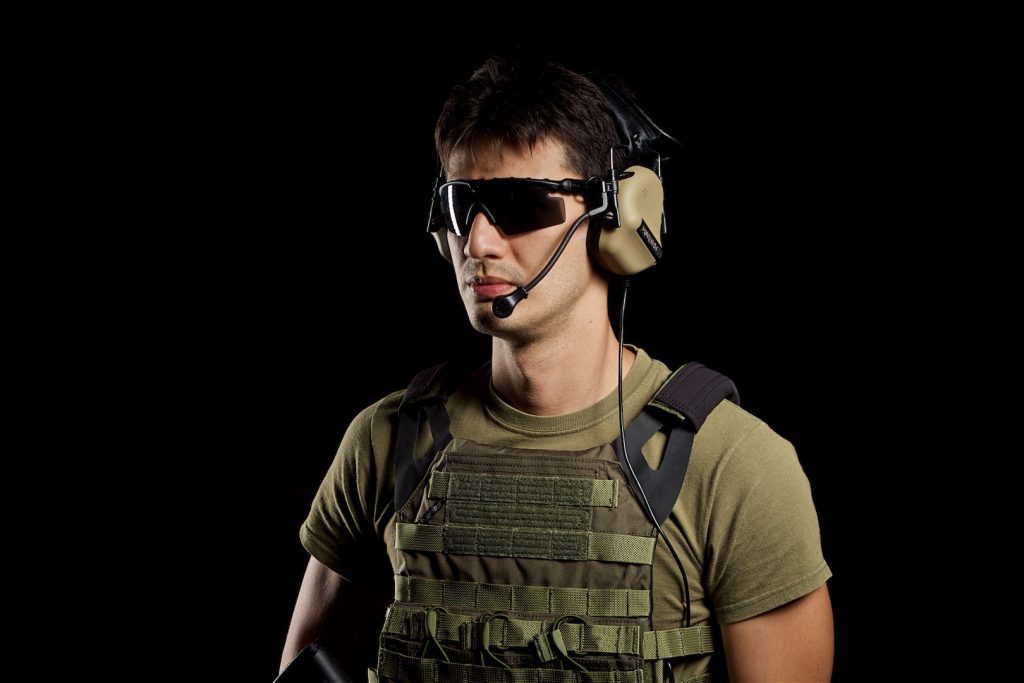
Either way, the most common location to integrate a PTT, which connects a radio to a communications-capable headset, has long been the front non-dominant side of a plate carrier, to allow access while keeping a finger on the trigger of a firearm. Attempts have been made to drop it onto to cummerbund, but this has mixed opinions. If carrying two radios, one does not want to have to think about which PTT they are activating while in the middle of a tense situation.
Again keep in mind the weight distribution and balance of your loadout when selecting and attaching items to the back panel. Ensure that the added gear does not hinder your mobility or compromise your comfort during gameplay.

Setting Up Your Plate Carrier
Setting up the front panel of your airsoft plate carrier is crucial for organizing and accessing your essential gear efficiently during gameplay. This is what we call your workstation, it’s where all of your mags and essentials will be so you must set this up so you can access your gear easily and quickly. Here are some steps to help you properly set up your front panel:
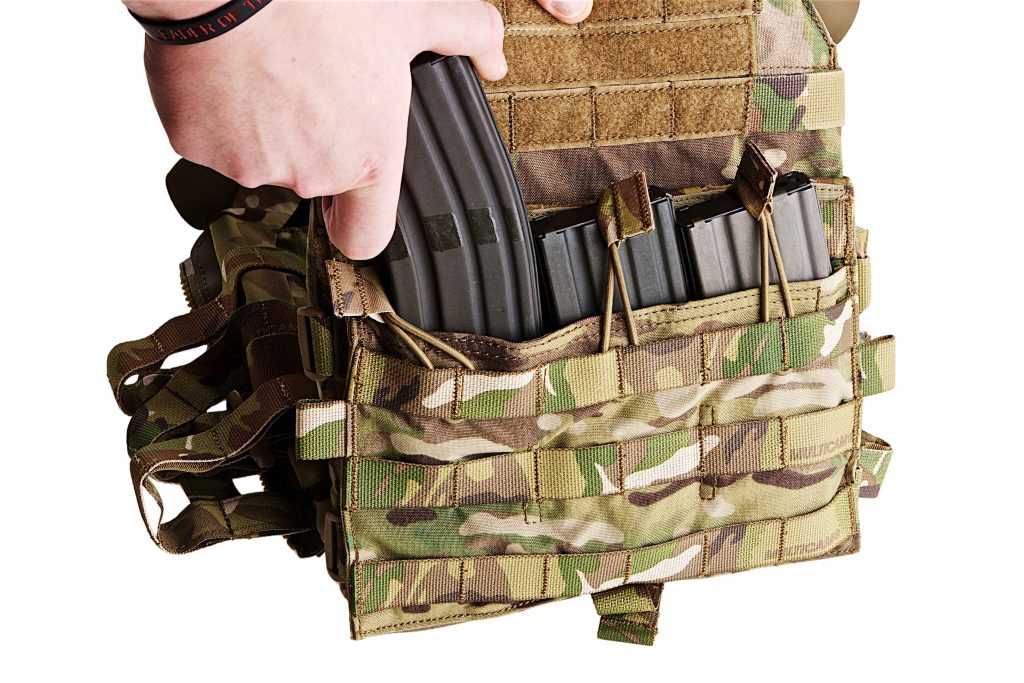
Assess your gear and determine what you need to have readily accessible on the front of your plate carrier. This can include magazine pouches, utility pouches, medical kits, or other mission-specific equipment. Consider the number of items you need to carry and the types of pouches that will accommodate them. Again this will factor into what style plate carrier you choose as some will have Molle or a Velcro mounting system with clips or both to secure it in place.
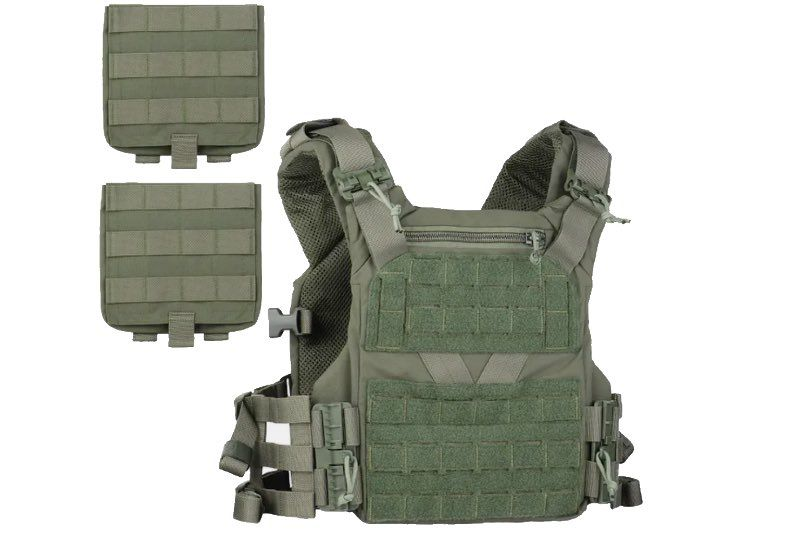
Most users will attach what you call a placard; this is a magazine pouch that can usually take up to three mags. Some placards have admin pouches (a small pouch to keep stuff in like a flashlight or batteries)as well as ones that just hold magazines. The other option is to attach single mag pouches, this allows users to be modular the Novritsch magazine pouches are a good option for this. Single mag pouches will take time to install, but with placards, you are stuck with what is on it and cannot change it whereas single mag pouches you can mix and match.

Begin by attaching your chosen pouches to the front panel of the plate carrier. Most plate carriers feature MOLLE (Modular Lightweight Load-carrying Equipment) webbing, which allows for modular attachment of pouches and accessories. With Molle, you want to feed it through the loop on the plate carrier and then the loop on the pouch, and then repeat until it's secure. Then Line up the pouches according to your preference and use the appropriate straps, Velcro, or clips to secure them firmly in place. We suggest only attaching it loosely at first and trying on the plate carrier to see if the placement is good for you. Remember to consider the placement of your magazine pouches as this will be your workstation.

Once the pouches are attached, ensure that they are properly adjusted and tensioned. Test the setup by moving around, shouldering your airsoft gun, and performing various movements to ensure that the front panel and pouches stay securely in place without impeding your mobility. Make any necessary adjustments to the positioning or tightness of the pouches to achieve the desired fit and functionality.

Finally, regularly reassess and fine-tune your front panel setup based on your gameplay experiences and evolving needs. As you gain more experience, you may discover more efficient ways to configure your gear or find the need to add or remove pouches based on the specific requirements of different scenarios.
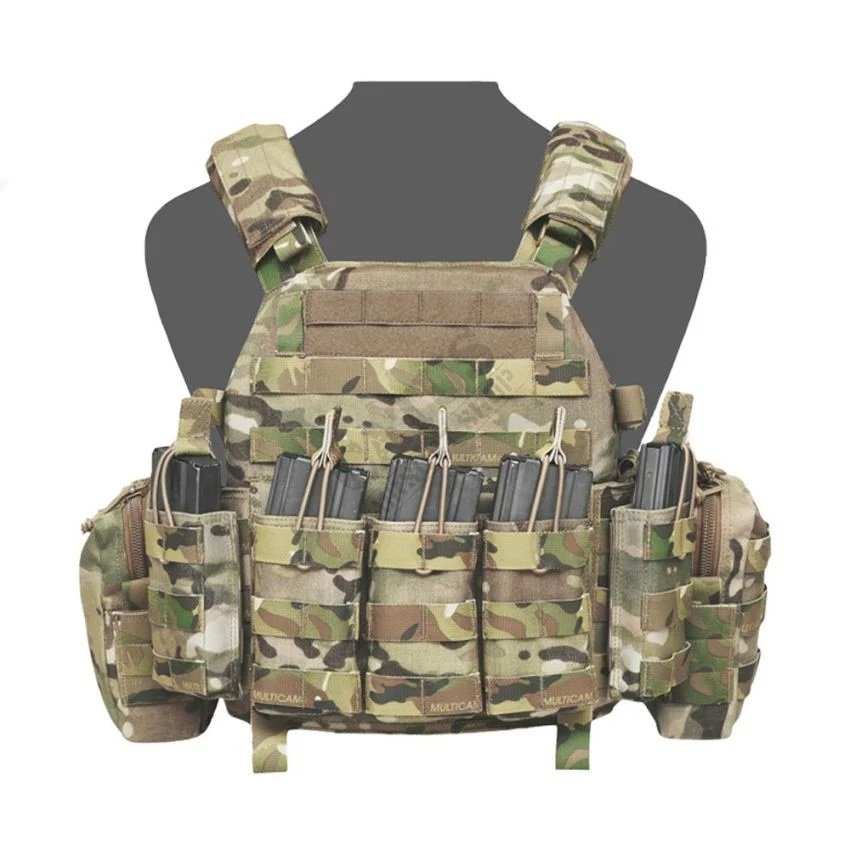
Remember, the ultimate goal is to have a well-organized front panel that allows for quick and easy access to your essential gear during airsoft matches. By taking the time to set up your front panel thoughtfully and making adjustments as needed, you can enhance your gameplay experience and stay focused on the action without worrying about struggling to locate or retrieve your gear.
The last thing to mention is that most airsoft plate carriers will have a small Velcro/ Molle Velcro section at the top of the plate carrier. Use can use this section to attach patches, most airsoft players will use this section to attach patches for team identification or just to show off funny patches.
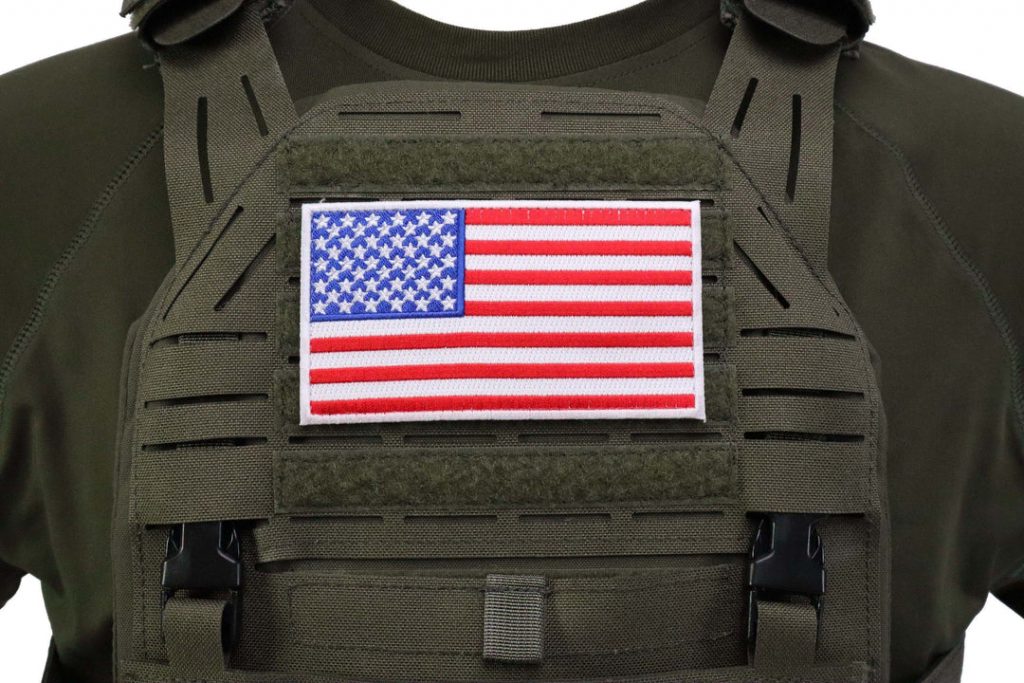
Can You Wear A Chest Rig Over A Plate Carrier?
Yes, it is possible to wear a chest rig over a plate carrier. This combination allows for additional storage and customization options for carrying equipment and accessories during tactical operations or other activities. By wearing a chest rig over a plate carrier, you can have the benefits of both systems, such as the protection and load-bearing capability of the plate carrier along with the modularity and accessibility of the chest rig. This setup offers versatility and flexibility in organizing and accessing your gear while maintaining a high level of protection. We would suggest if you are going to wear a chest rig over a plate carrier to do so with a minimalistic/slick plate carrier.

How Heavy Are Plate Carriers?
The weight of plate carriers can vary depending on various factors such as their size, design, level of protection, and the materials used in their construction. On average, plate carriers without ballistic plates can weigh anywhere from 1.5 to 4.5 kilograms (3.3 to 10 pounds). This weight range typically includes the carrier itself along with any integrated pouches or accessories.
When ballistic plates are added to the carrier, the weight increases significantly. Ballistic plates are typically made from materials like ceramic or steel and can vary in weight based on their size and level of protection. A single plate can weigh anywhere from 2 to 5 kilograms (4.4 to 11 pounds) or more, depending on the specific plate's specifications.
How Should A Plate Carrier Fit?
Achieving the perfect fit for your airsoft plate carrier is crucial when setting up your gear. To ensure optimal comfort and functionality, two key components on your airsoft plate carrier play a vital role: the cummerbund and the shoulder straps. The cummerbund is one of the most important pieces of your plate carrier as it helps to keep the plate carrier snug and in place when wearing your airsoft plate carrier. Again depending on what plate carrier you choose it may or may not come with a cummerbund.
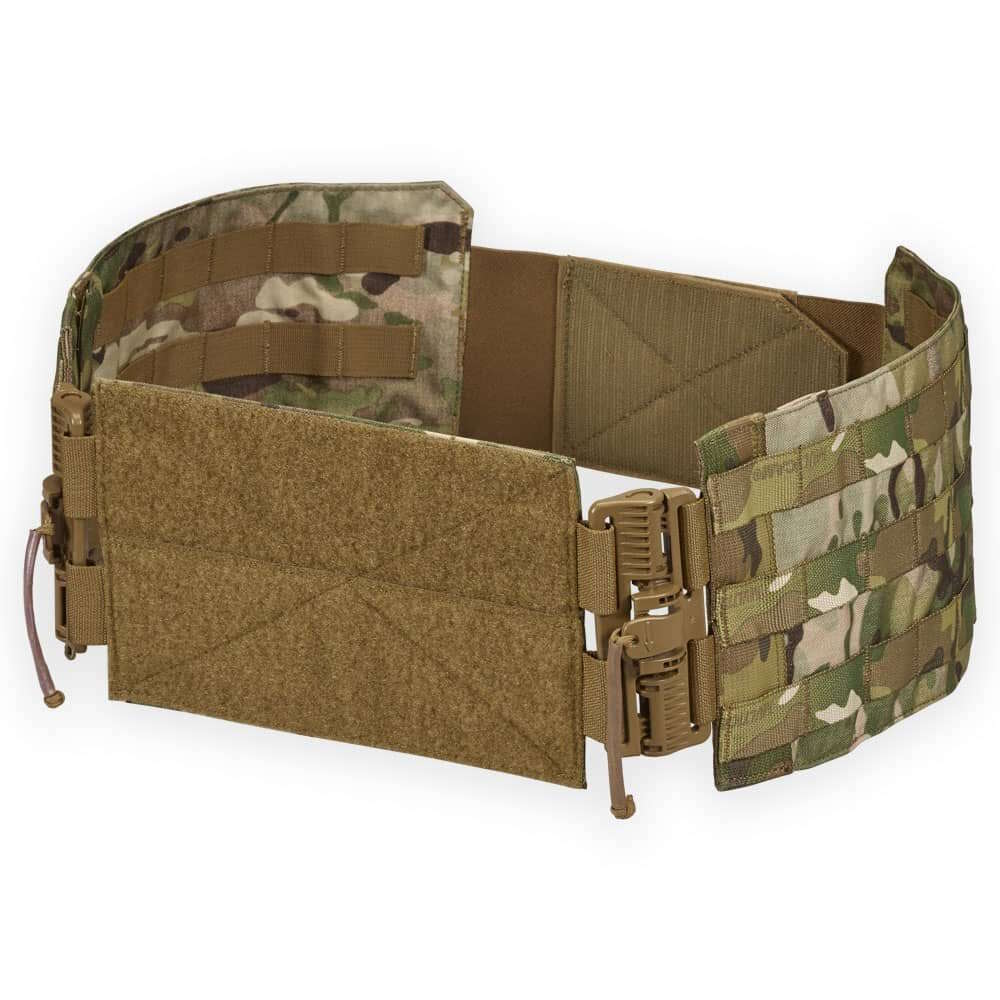
Setting up your cummerbund may vary depending on the style of the plate carrier. Some airsoft plate carriers will come with a Velcro cummerbund; this is the easiest to set up as all you will need to do is Velcro it in place at the back and then adjust and strap in on the front. Other carriers will have a kind of Molle system that you will strap in place with some cord through the Molle at the back. So get started by loosening all the straps and fasteners on the cummerbund. This will allow you to easily slide the plate carrier on and off without any restrictions.
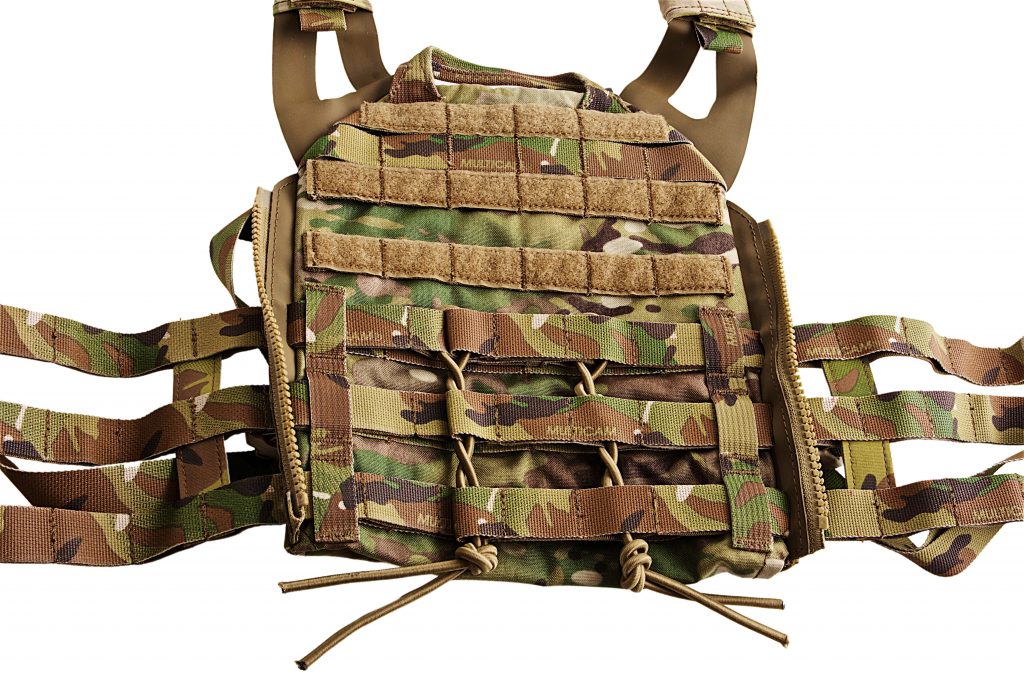
Put on the plate carrier and adjust the shoulder straps to a comfortable length. Ensure that the front and back panels are centered on your torso and sit at an appropriate height. A plate carrier should sit two fingers below the little V at the bottom of your neck. Having the plate carrier sit here will protect your upper torso and the correct way an airsoft plate carrier should be worn. It will also protect you against those dreaded nipple shots. Take the cummerbund and wrap it around your sides, making sure it is level and sits at your preferred height. The cummerbund should cover your lower ribcage area and provide a snug fit without being too tight or restrictive.

Fasten the cummerbund securely in the front. Many cummerbunds feature hook-and-loop fasteners or buckles for adjustment. Use the provided attachments to connect the ends of the cummerbund, ensuring a tight and secure fit. Adjust the tension of the cummerbund to your preference. You want it to be snug enough to keep the plate carrier in place during movement but not so tight that it restricts your breathing or causes discomfort. Experiment with the tightness and make adjustments as needed. Check that the cummerbund is properly aligned and centered on your body. It should sit evenly on both sides and not favor one side over the other. Adjust the positioning if necessary.

Take a moment to assess the cummerbund setup and ensure that it doesn't interfere with the movement of your arms, shoulders, or any other gear you have attached to the plate carrier. Make any necessary adjustments to straps or attachments to achieve optimal comfort and functionality. perform a range of movements, such as bending, twisting, and raising your arms, to ensure that the cummerbund stays securely in place and the plate carrier remains stable on your body. Also, shoulder your gun as well so you can get a good feel for what it’s like to shoot with it on. If you experience any discomfort or movement restrictions, make further adjustments to the cummerbund tightness or positioning.
How To Clean A Plate Carrier
Maintaining your airsoft plate carrier is vital for its longevity and performance. After a full day of airsofting, take the time to clean your plate carrier by brushing off dirt and stains or giving it a gentle hand wash with mild detergent. Ensure it dries naturally and inspect it for any signs of wear and tear. Promptly address any issues by repairing or replacing damaged parts. I good way to get threads away is to burn them off with a lighter. This will melt the thread at the end ensuring the thread doesn’t fray out anymore.
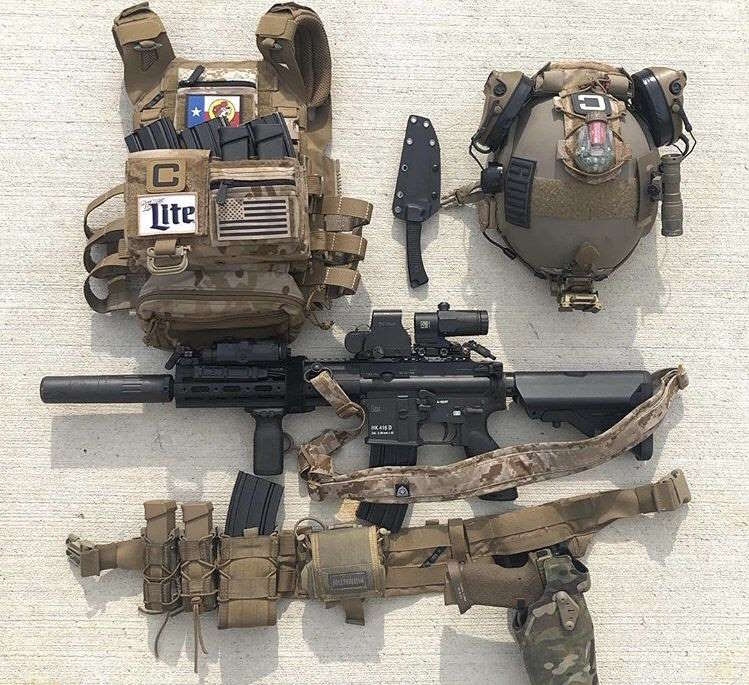
When not in use, store your plate carrier in a clean and dry area, away from extreme temperatures. Additionally, periodically clean the loop panels for patches and tighten any loose attachments to keep everything secure.
Final Thoughts
Now that you have set up your Airsoft plate carrier you should try it out as much as possible and make adjustments were necessary. In conclusion, setting up an airsoft plate carrier is a crucial step in optimizing your gear loadout for a successful and enjoyable airsoft experience. By carefully considering the attachment options, plate placement, and additional pouches, you can customize your plate carrier to suit your specific needs and preferences.

We hope this guide has provided valuable insights and tips to assist you in setting up your airsoft plate carrier. Remember to consult the manufacturer's instructions and guidelines for your specific plate carrier model, as they may offer additional insights and considerations. Now, go forth, gear up, and conquer the airsoft battlefield with confidence and style! Stay safe, communicate with your team, and have a thrilling adventure with your well-equipped plate carrier. Happy airsofting!
